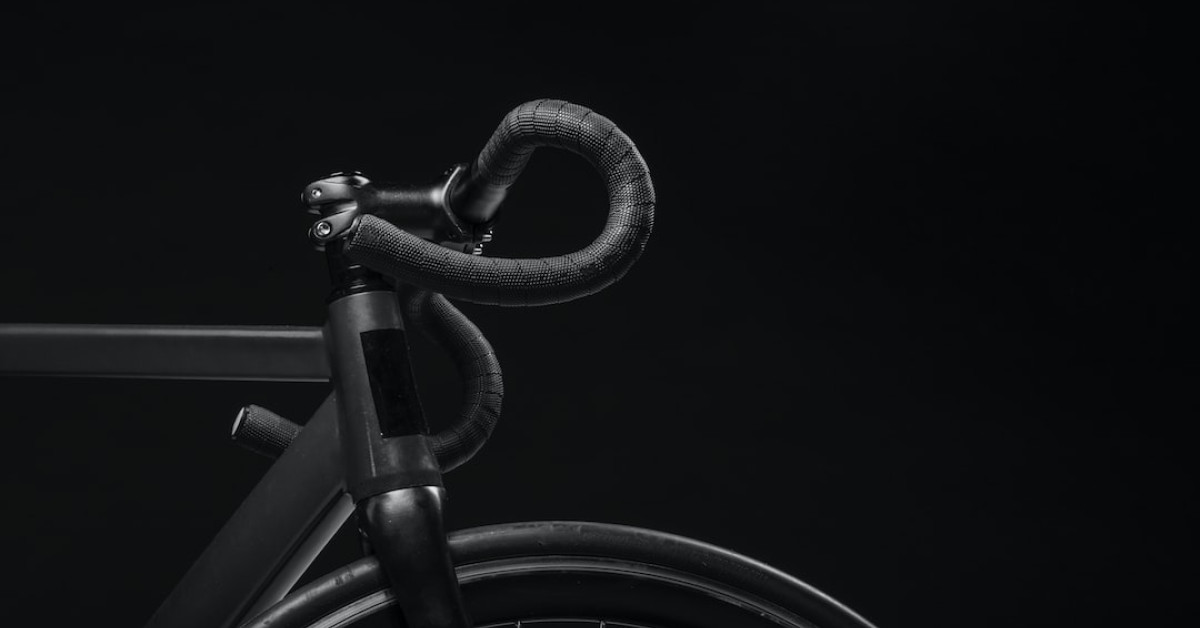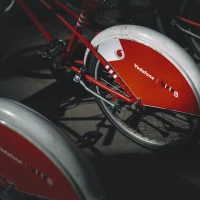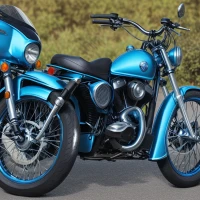The harmonious hum of a well-greased bike chain is like music to a cyclist’s ears. It’s the sweet sound of peak performance and the promise of a quieter, more enjoyable ride. Whether you’re a seasoned pro or a recreational rider, understanding the role that proper lubrication plays in your cycling experience is crucial. This comprehensive guide will lead you step by step through the process of greasing your bike, ensuring that each pedal stroke is as silent and smooth as it can be.
Cycling isn’t just about speed and endurance; it’s also about finesse and maintaining your machine. Just as a violinist ensures their instrument is tuned to perfection, a cyclist must ensure their bike is properly lubricated. Dive into the world of bike maintenance and unlock the secret to a whisper-quiet ride that will transform your cycling experience from ordinary to exceptional.
The Significance of Regular Bike Maintenance
Maintaining your bike is paramount to achieving a stellar cycling performance and longevity of your equipment. Regular maintenance, especially lubrication, ensures everything runs smoothly and quietly, leading to a more satisfying ride.
Why Grease is Key in Cycling
Lubricating your bike is about more than just preventing annoying squeaks. Proper greasing serves several vital purposes:
- Reduces Friction: High friction can wear down components and hinder performance.
- Combats Rust: Grease repels water, protecting metal parts from rust and corrosion.
- Increases Efficiency: A well-greased bike requires less energy from you, making every ride easier.
The Consequences of Neglect
Skipping regular maintenance can have several negative outcomes:
- Wear and Tear: Without lubrication, parts grind down faster.
- Higher Repair Costs: Damaged components are costly to replace.
- Poor Performance: A bike that isn’t maintained won’t deliver the smooth ride you desire.
Understanding Bike Grease and Its Varieties
When it comes to greasing your bike, not all lubricants are created equal. Understanding the different types of bike grease and their specific applications will save you time and hassle in the long run.
Types of Bike Grease to Consider
- Multi-Purpose Grease: A jack-of-all-trades option good for general use.
- Ceramic Grease: Provides superior durability for high-performance needs.
- Teflon Grease: Offers a slick, non-stick finish for smooth component movement.
Selecting the Right Grease for the Job
Choosing the right grease depends on several factors:
- Riding Conditions: Wet, muddy conditions require a more robust grease.
- Type of Bike: Different bikes may have different lubrication needs.
- Personal Preference: Some cyclists prefer the feel of certain greases over others.
Preparing Your Bike for Lubrication
Before you start the greasing process, it’s essential to prepare your bike to ensure the best results.
Steps for Preparing Your Bike
- Clean Your Bike: Remove dirt and grime that could interfere with grease application.
- Inspect Components: Look for signs of wear or damage before greasing.
- Gather Your Tools: You’ll need cloths, degreasers, and the appropriate grease.
The Step-by-Step Guide to Greasing Your Bike
Now, let’s dive into the detailed process of greasing your bike for a quieter ride.
Greasing the Chain
- Clean the Chain: Use a degreaser and a firm brush to thoroughly clean the chain.
- Apply the Grease: Drip a lubricant along the chain while turning the pedals.
- Wipe Away Excess: Use a cloth to remove any grease that isn’t in the links.
Lubricating the Derailleur
- Clean the Derailleur: Ensure the jockey wheels and pivots are free from dirt.
- Apply Lubricant: Lightly coat the moving parts with your chosen grease.
- Cycle the Gears: Shift through the gears to spread the lubricant evenly.
Addressing the Cables
- Detach the Cables: Loosen the tension to access the cables fully.
- Clean and Inspect: Check for fraying and clean the length of the cable.
- Lubricate: Apply a thin layer of grease and reattach the cables carefully.
Servicing the Bearings
- Disassemble Components: Carefully take apart the component housing the bearings.
- Clean the Bearings: Use a degreaser and a soft cloth to clean them thoroughly.
- Regrease Bearings: Apply new grease generously and reassemble the component.
Tips and Tricks for Maintaining Your Bike’s Silence
Routine Check-ups:
- Inspect and grease your bike regularly to maintain optimal performance.
- After rides in harsh conditions, pay extra attention to cleaning and lubricating.
Right Amount of Grease:
- Apply enough grease to protect but avoid attracting too much dirt.
- Too much grease can lead to gunk buildup, so find the right balance.
Consistent Cycling Habits:
- Develop a maintenance routine that aligns with your cycling habits and frequency.
- Maintain a record of when you perform maintenance to stay on track.
Avoiding Common Greasing Mistakes
There are several pitfalls that can turn a maintenance session into a nightmare. Avoid these common mistakes to ensure you do the job right.
Over-Lubricating:
- Excess grease attracts debris.
- Affects performance and may damage parts.
Using Incorrect Grease Types:
- Mismatched greases can cause components to work improperly.
- Research and follow manufacturer recommendations.
Neglecting Regular Maintenance:
- Inconsistent greasing leads to noisy rides and potential damage.
- Stick to a maintenance schedule to prevent issues.
Feeling the Difference: Before and After Grease Application
Once you’ve finished greasing your bike, it’s time to feel the difference on the road.
Before:
- You may have experienced squeaking, sticking, or resistance.
- Cycling might have felt more laborious, less enjoyable.
After:
- Silence replaces the squeaks.
- Smoother gear shifts and less resistance create a more fluid and effortless ride.
The Special Role of Greasing in E-Bike Maintenance
E-Bikes have specific maintenance needs due to their electronic components and extra weight. Consistent greasing ensures that the mechanical parts of the e-bike function smoothly, complementing the electronic system’s efficiency.
Why E-Bike Maintenance Differs:
- Motor and battery components add complexity.
- Heavier weight places additional stress on mechanical parts.
Greasing Tips for E-Bikes:
- Follow e-bike manufacturer’s maintenance guidelines carefully.
- Use greases designed to withstand higher pressures and temperatures.
Conclusion: The Symphony of a Well-Greased Bike
Greasing your bike is an essential step in the pursuit of a quieter, more efficient ride. Armed with the knowledge of how to grease a bike, you can now enjoy the pure joy and silence that comes with a well-maintained machine. Embrace the regular care of your two-wheeled companion, and the road will respond with smoothness and serenity that only a cyclist can know. Now go forth, apply that grease with confidence, and savor the symphony of a silent cycle.
Enjoy the art of cycling in its most exquisite form, and let the quiet performance of your well-greased bike be your signature on the trails and streets alike.










